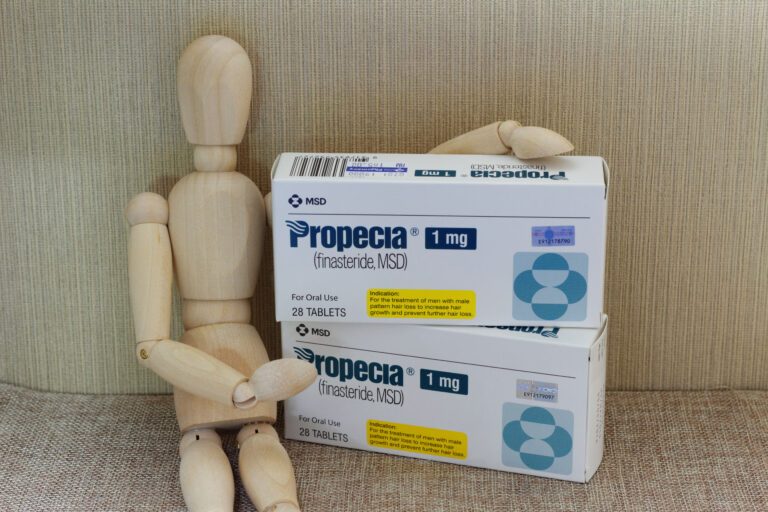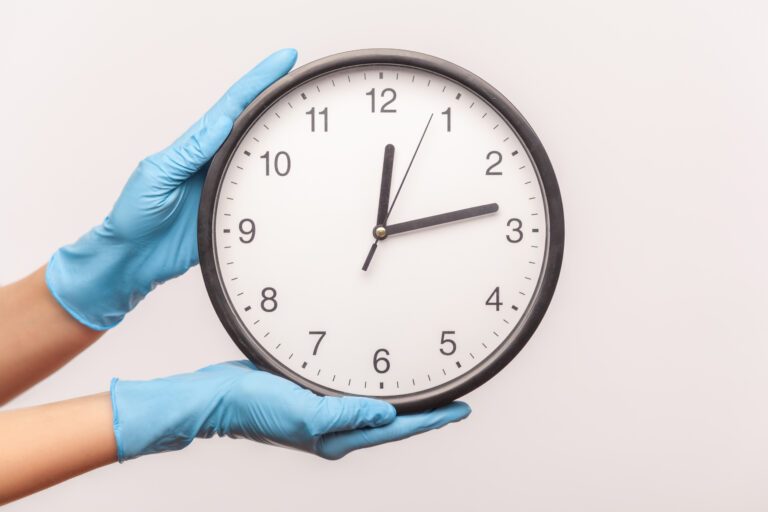Redness After a Hair Transplant: What You Need to Know
Redness after a hair transplant occurs due to an inflammation around the transplanted hair follicles triggered by the healing process. It’s a common reaction to the procedure and usually goes away with time.
Still, in some cases, the redness may be the result of a condition that needs treatment. That’s why, if you’ve undergone or plan to have a hair transplant, it’s essential to know what to expect after the procedure.
In this post, we’ll dive deep into what can cause redness after hair transplant. We’ll also explore whether the redness has any negative effect on the transplant and how you can reduce it.
Is Redness After Hair Transplant Normal?
Redness is a normal part of the recovery process after a hair transplant.
During a hair transplant, the surgeon removes a thin strip of skin from the back of the patient’s head (donor area) that contains hair. He then divides the strip into hair grafts, which he inserts into small incisions in the scalp (recipient area).
This process triggers the healing process in the skin around the donor and recipient areas. As a result, these affected areas become inflamed and thus red.
In medical terms, this redness is known as erythema, a mild skin rash that occurs when blood capillaries become inflamed or injured.
Interestingly, the lighter a patient’s skin color, the more likely they’re to experience post-procedure redness. Redness is less common in patients with wheat skin, brown skin, and black skin than in patients with white skin.
Still, while not all patients will experience redness, rashes are unavoidable due to the healing process.
Is Scalp Redness Permanent After a Hair Transplant?
Redness after hair transplant isn’t permanent. As your scalp heals, the inflammation should decimate.
Luckily, most hair transplants heal quickly. So, it usually takes 1–3 weeks for the redness to subside. However, given that the recipient area isn’t covered with a bandage, it takes longer to heal than the donor area.
What’s more, the overall healing process may take a bit longer for several reasons.
Large hair transplant surgeries, for example, can take months to heal because more grafts are transplanted into the scalp. Patients who are prone to slow healing will also need more time to heal.
In the worst-case scenario, the redness could take 2–4 months to completely subside.
Does the Redness Have an Effect on the Transplant?
Redness caused by the healing process shouldn’t affect the results of the transplant. That said, some problems may arise during the healing process, which could be the cause of the redness.
That’s why it’s vital to keep an eye out for their signs and symptoms. You can then consult your surgeon to check your recovery and treat any underlying issues.
Cellulitis
Cellulitis is a bacterial skin infection that occurs when bacteria enter the scalp through small incisions.
In addition to redness, the infected area will feel swollen, warm, and painful to the touch. Cellulitis can also cause a fever and chills.
As a result, if you notice any of these symptoms, you should see your surgeon right away. He’ll likely prescribe antibiotics to fight off the infection.
Cysts
Pus after hair transplant is uncommon, but it can happen. When pus builds up, it can form cysts, which are small circular sacs that form beneath the skin.
Cysts can occur for several reasons, including improper graft transplantation and abnormal healing.
Depending on the cyst, your surgeon may remove it, recommend warm compresses on the area, or prescribe antibiotics.
Folliculitis
Folliculitis after hair transplant can occur at any time during the first eight months. It’s a skin infection that commonly occurs around newly implanted hair follicles.
It causes itchy, inflamed, and painful clusters of small pus-filled red pimples around the hair follicles.
While folliculitis usually resolves on its own, it’s best to consult your surgeon. He may prescribe oral or topical antibiotics, as well as warm compresses.
Above all, keep the area as clean as possible to avoid exacerbating the infection.
Itching
Redness in recipient area after hair transplant can cause itching. While it’s common, it can impede healing and even affect hair transplant results.
So, if the itching becomes severe or persists after two weeks, you should consult your surgeon.
Skin Necrosis
Skin necrosis is tissue death, which is a serious, life-threatening condition that requires immediate treatment. It’s often a complication that indicates poor surgical skills.
Necrosis appears red at first, but the skin gradually darkens until it dies and turns black. The infection can also cause intense pain and high fever.
If you notice any of these symptoms, it’s imperative to seek medical attention so that the necrotic patch can be removed before it spreads. Keep in mind that unless you have a second hair transplant, no hair will grow in that area.
How to Reduce Redness After a Hair Transplant
Although redness is inevitable after a hair transplant, you can avoid complications by taking the following post-care precautions:
- Apply a cold towel to the scalp
- Avoid showers with hot water
- Don’t put pressure on the recipient area while sleeping
- Avoid direct sunlight
- Don’t swim in chlorinated pools
In Conclusion
Redness after hair transplant is a common reaction to the healing process. Still, in some cases, infections and complications may occur.
Luckily, while such conditions aren’t pleasant, their treatment is usually straightforward. So, if the redness persists or any other symptoms appear, you should let your surgeon know.







